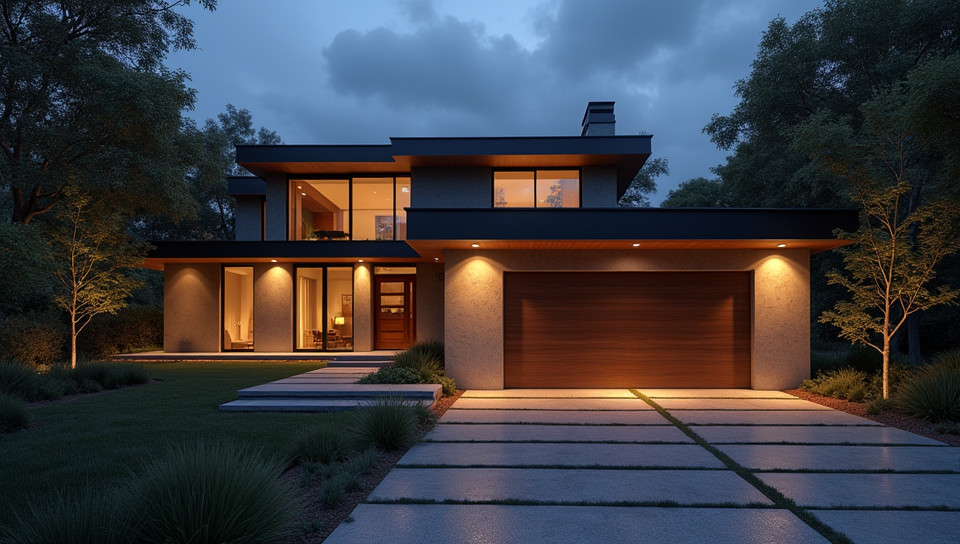Smart homes have automated lighting 70%

The Future of Home Lighting: How Smart Homes Are Revolutionizing the Way We Illuminate Our Spaces
As we continue to integrate technology into our daily lives, it's no surprise that smart homes are becoming increasingly popular. One of the key features that sets them apart is their ability to automate lighting, making it easier than ever to control and customize the ambiance of our living spaces. But what exactly does this mean for homeowners, and how can we take advantage of these innovative systems?
What Is Automated Lighting?
Automated lighting refers to the use of sensors, timers, and smart devices to control and adjust the lighting in a home. This can include everything from turning lights on and off remotely to adjusting brightness levels based on natural light availability. By automating lighting, homeowners can save energy, enhance their living space's ambiance, and even improve safety.
Benefits of Automated Lighting
There are numerous benefits to incorporating automated lighting into your smart home. Some of the most notable advantages include:
- Increased convenience: With automated lighting, you can control your lights from anywhere in the world using a smartphone app.
- Energy efficiency: By adjusting light levels based on natural light availability and occupancy, homeowners can significantly reduce their energy consumption.
- Enhanced safety: Automated lighting systems can be programmed to turn lights on and off at specific times of day, making it harder for intruders to remain undetected.
- Improved ambiance: With the ability to adjust color temperatures and brightness levels, homeowners can create a unique atmosphere in each room.
How Does It Work?
Automated lighting systems typically consist of several key components:
- Sensors: These devices detect natural light availability, occupancy, and other factors to determine when lights should be turned on or off.
- Controllers: These are the brains behind automated lighting systems, processing data from sensors and executing commands to adjust lighting levels.
- Smart devices: These include smart bulbs, switches, and other components that can be controlled remotely using a smartphone app.
The Future of Automated Lighting
As technology continues to evolve, we can expect even more advanced features to emerge in the world of automated lighting. Some potential developments on the horizon include:
- Integration with voice assistants: Homeowners will soon be able to control their lights using voice commands alone.
- Enhanced energy efficiency: Next-generation smart home systems may incorporate machine learning algorithms to optimize energy usage based on individual behavior.
Conclusion
Automated lighting is a key feature of modern smart homes, offering homeowners unparalleled convenience, energy efficiency, and safety. By understanding the benefits and components of these systems, we can unlock a brighter, more connected future for our living spaces. Whether you're building a new home or upgrading an existing one, incorporating automated lighting into your smart home setup is a decision that's sure to pay dividends for years to come.
- Created by: Yuina Chiba
- Created at: Dec. 23, 2024, 12:20 p.m.
- ID: 17021

